
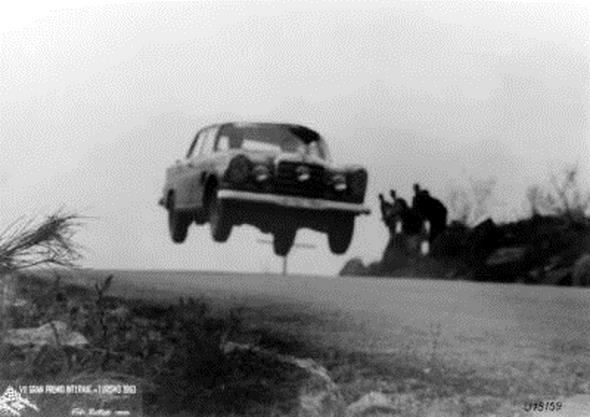
- Vehicles from the long-standing S-Class lineage embody the pinnacle of automotive engineering
- Prominent figures at the event to include Ewy Baronin von Korff-Rosqvist, Dieter Glemser, and Hans Herrmann
- More than 250 guests from the Mercedes-Benz brand clubs
Stuttgart – The Schloss Dyck Classic Days are to be held for the eighth time from 2 to 4 August 2013. Mercedes-Benz is the official main sponsor of this renowned event, which takes place against the backdrop of a historical moated castle in the Rhineland.
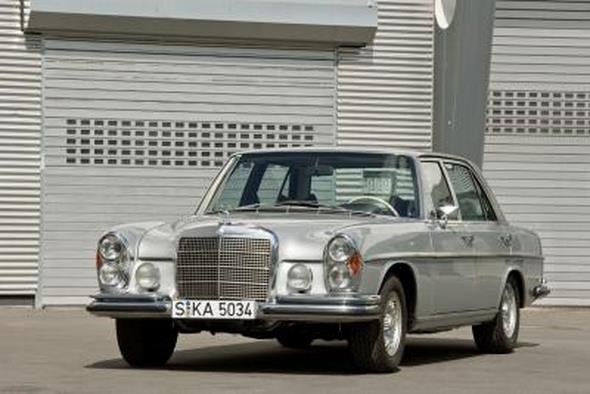
This year the brand is showing original S-Class vehicles from several generations, presented by prominent figures from the world of motor sport.
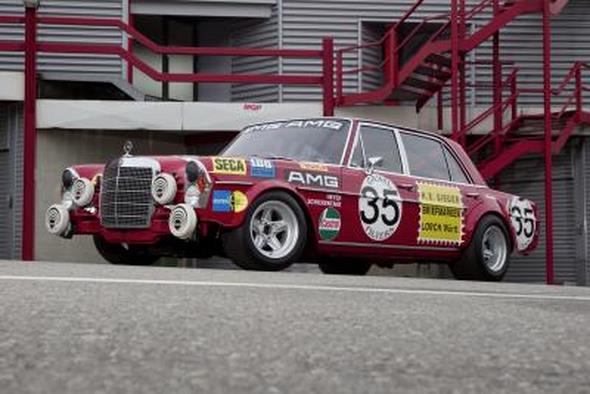
The carefully chosen vehicles from the comprehensive Mercedes-Benz Classic collection plot the history of the S-Class and highlight its racing successes. Vehicles on show at the “driver’s paddock” will include the Mercedes-Benz 220 (W 180), for example, which competed in the Mille Miglia in 1956.
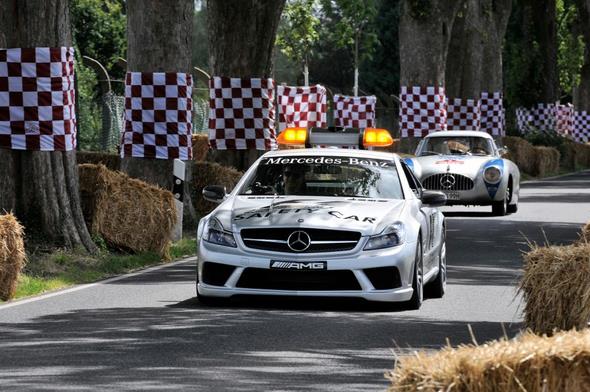
The history of the rallies and long-distance races in the 1960s will be represented by a rally version of the Mercedes-Benz 300 SE (W 112). Also planned is an appearance by the Mercedes-Benz 300 SEL 6.8 – the famous “Red Sow” which won its class in the 24-hour race in Spa, Belgium, in 1971 and also claimed second place overall. Back then, AMG was an independent company. Today it belongs to Daimler AG and is Mercedes-Benz’s high-performance brand.
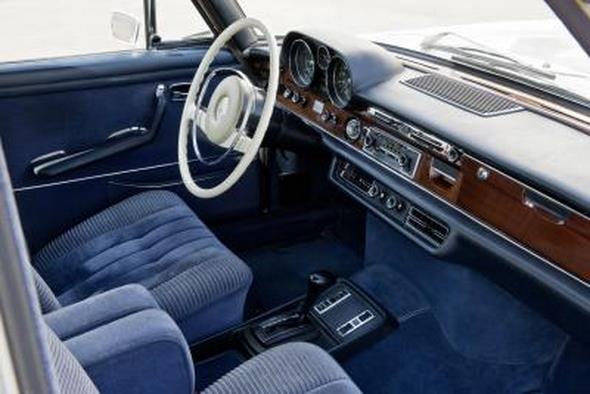
These classic cars will be presented during the event by former motor sport driver Ewy Baronin von Korff-Rosqvist, who won the 1962 Argentinian Road Grand Prix in a Mercedes-Benz 220 SE (W 111), for example, by former racing driver Dieter Glemser, who played his part in Mercedes-Benz’s great racing successes in the 1960s and 1970s, and by Hans Herrmann, who was a member of the Mercedes-Benz silver arrow team in the 1950s. Several S-Class vehicles will also be driven around the grounds at Schloss Dyck over the course of the weekend.
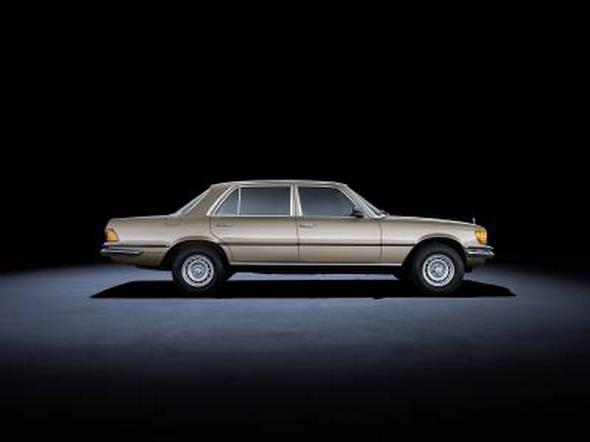
Mercedes-Benz Classic’s appearance at the Schloss Dyck Classic Days will be rounded off at the “Apple Meadow”, where a 450 SEL 6.9 (model series 116) and a 560 SEL (model series 126) are planned to be on show.
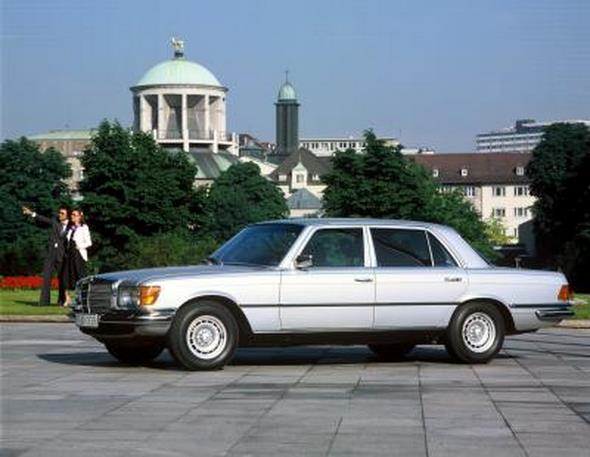
The most powerful representatives of these two S-Class generations are the epitome of automotive engineering at its peak. The sum total of features and attributes embodied in each generation of the Mercedes-Benz S-Class has always set new standards and led the field in the premium and luxury segments.
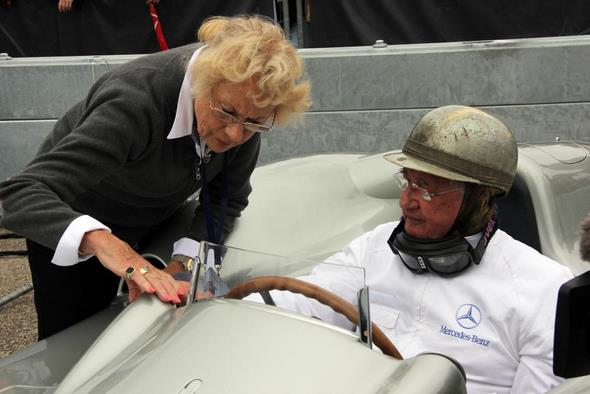
Over 250 members from the German Mercedes-Benz brand clubs and their guests are expected at the Schloss Dyck Classic Days. Mercedes-Benz Classic’s Club Management will be playing host to its club members. Worldwide, the Club Management oversees more than 80 recognised brand clubs with a total membership of some 80,000. These clubs provide an important link between the international scene and Mercedes-Benz.
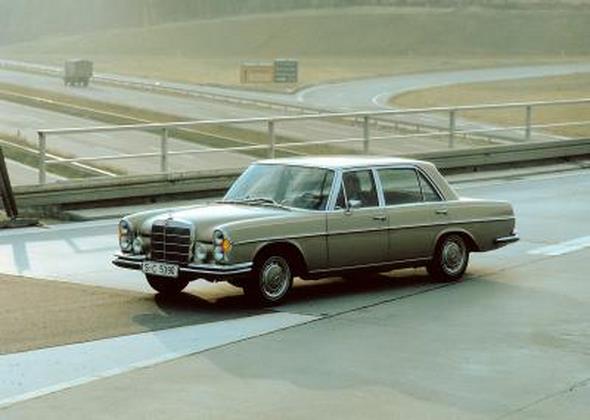
A festival of classic vehicles
Numerous highlights are in store at the Schloss Dyck Classic Days.

Car enthusiasts and collectors from all over Europe will be converging in this atmospheric setting around the moated castle in Jüchen in the Rhine district of Neuss. The “Racing Legends” will be bringing the sights and sounds of high-end automotive performance to life on the almost three-kilometre-long circuit, for example.
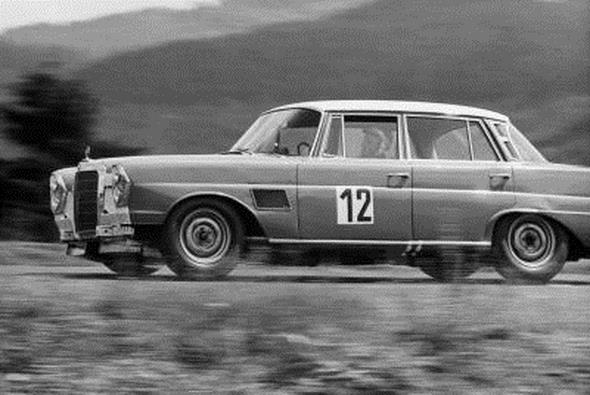
“Jewels in the Park”, a FIVA category A (Fédération Internationale des Véhicules Anciens) Concours d’Elégance, will present collectors’ vehicles, unique items and prototypes from all over the world on the Orangery Peninsula, with this year additionally featuring a special “115 Years of Erdmann & Rossi” exhibition with spectacular unique items from the famous body specialist.
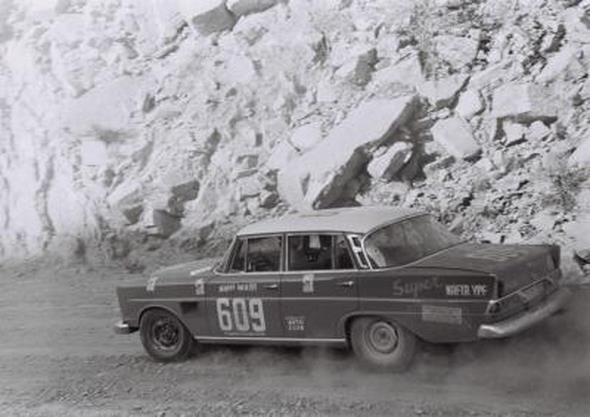
The “Classic Meeting” at the “Miscanthus Field” – named after the tall Chinese reed grass which grows here – will see over a hundred classic car clubs exhibiting their gems.
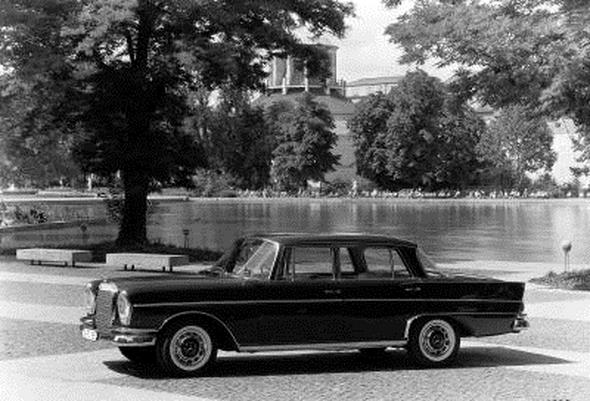
The vehicles from Mercedes-Benz Classic at the 2013 Schloss Dyck Classic Days
Mercedes-Benz 220 a (W 180), 1954
The direct ancestral line of the S-Class was founded in the post-war period by the model 220 (W 187), with which Mercedes-Benz re-entered the luxury segment in 1951 – six years after the end of the Second World War and following completion of the first phase of reconstruction.
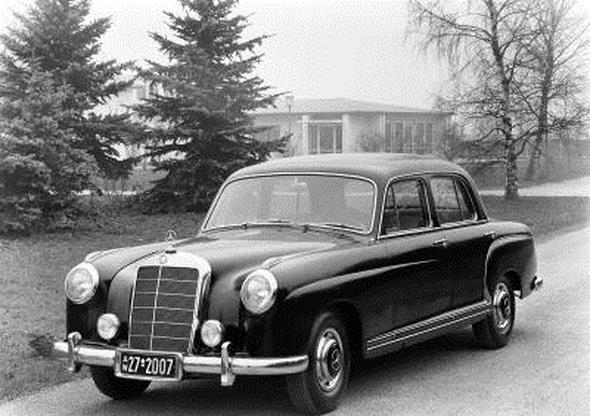
A fundamentally new model with the same designation followed in 1954. This new model 220, which was also known internally as the 220 a (W 180), was the first Mercedes-Benz six-cylinder model to feature a unitised body design. Its modern self-supporting chassis-body structure offered unprecedented comfort and spaciousness.
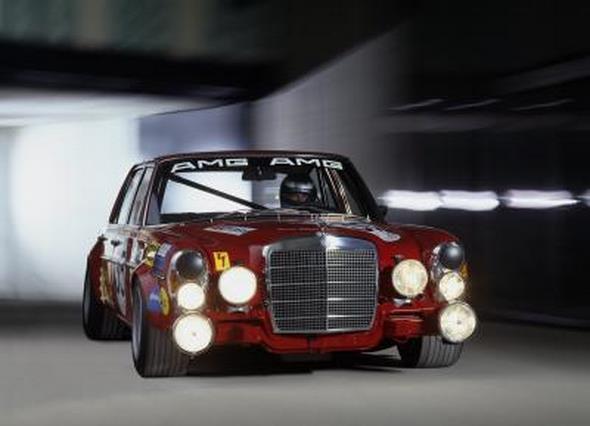
It was also used in motor sport: several Mercedes-Benz 220 a models competed in the 1956 Mille Miglia in the series production special touring cars class. It was permitted to modify the chassis, suspension and engine of cars competing in this class.
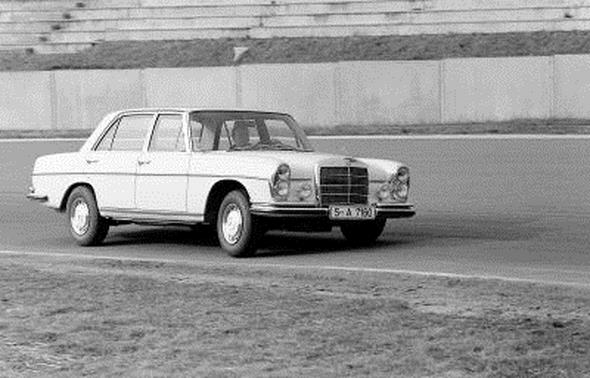
The team Erwin Bauer/Erwin Grupp won its class in the legendary Italian road race at the wheel of a special 220: three vehicles were specially prepared for use in the Mille Miglia in the sports department headed by Karl Kling.
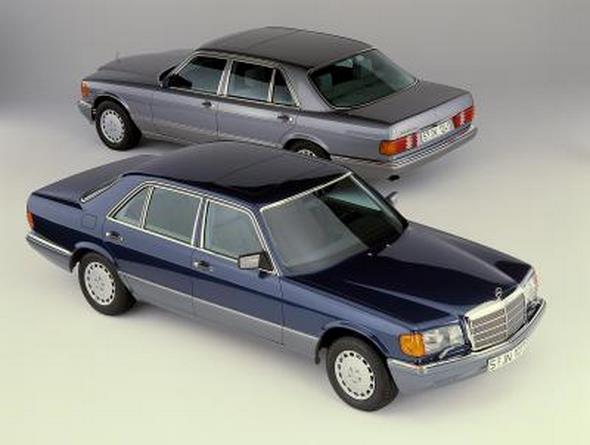
These were fitted with the twin-carburettor system which was yet to be introduced in the subsequent model 220 S, and which resulted in an engine output of around 115 hp (85 kW). Shorter and harder springs were installed together with modified shock absorbers for sportier handling. The drivers were also able to change gear using a floor shift as in the 190 SL, instead of the customary steering column gearshift.
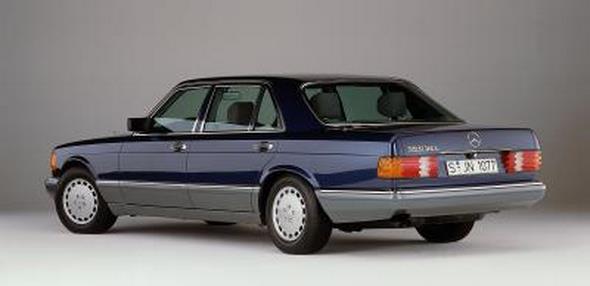
Mercedes-Benz 300 SE rally vehicle (W 112), 1963
The Mercedes-Benz 300 SE as a rally vehicle dominated the long-distance racing scene from Argentina to Germany in 1963 and 1964. Like all Mercedes-Benz cars used in rallies in this era, the large “tailfin” saloons were very closely based on the series production vehicles.
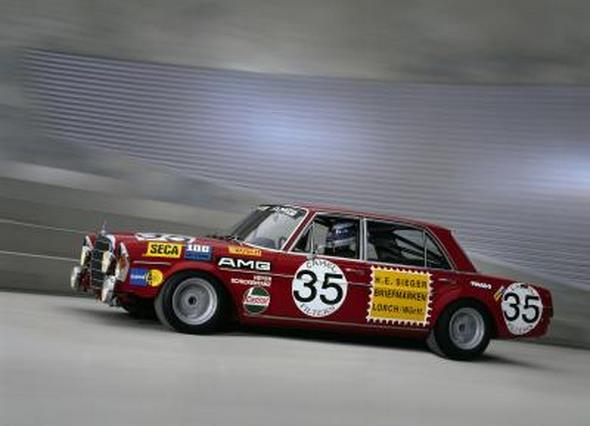
Daimler-Benz AG highlighted this fact at the time as a selling point for the series production saloons. The saloons did undergo modifications, however, according to their intended form of use.
Measures here included reinforcing chassis elements, enlargement of the fuel tank and adaptation of the engine characteristics, for example by lowering the compression ratio in the interests of a longer engine life. The transmission and final-drive ratios were also varied. The engine output was 160 hp (118 kW), with a top speed of 195 km/h.
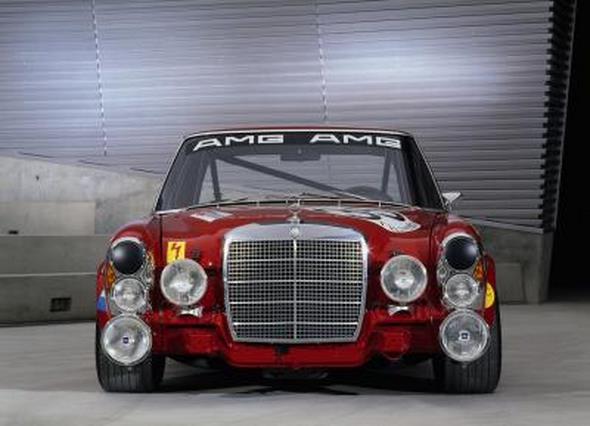
Mercedes-Benz 300 SEL 6.8 AMG (W 109), 1971
Hans Heyer and Clemens Schickentanz pulled off a totally surprising class victory and claimed second place overall in the 24-hour Spa-Francorchamps race in Belgium at the wheel of the Mercedes-Benz 300 SEL 6.8 AMG racing touring car on 24 July 1971.
The winning car was built by the then largely unknown AMG company, which was founded by Hans Werner Aufrecht and Erhard Melcher in 1967 as an “engineering firm pursuing the design, testing and development of racing engines”.
The modified vehicle was based on the Mercedes-Benz 300 SEL 6.3 – an absolutely exceptional vehicle in its own right at the time, with a power output of 250 hp (184 kW). Aufrecht and Melcher made the fastest German series production car of its time even more powerful, increasing the engine displacement from 6330 to 6835 cc and fitting it with an enhanced V8 engine which boosted the output to 428 hp (315 kW).
The success in Spa proved a breakthrough for AMG and was to be the first of numerous wins. To this day, the car is affectionately known as the “Red Sow”. While the original vehicle from 1971 no longer exists, the Mercedes-Benz 300 SEL 6.8 AMG which was built as a detailed reconstruction in 2006 serves as a highly potent ambassador wherever it appears, embodying the successful history of Mercedes-Benz’s in-house high-performance AMG brand.
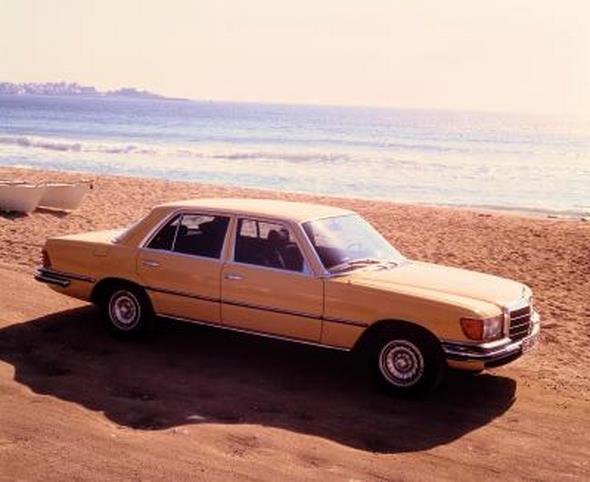
Mercedes-Benz 450 SEL 6.9 (model series 116), 1975
The introduction of the model series 116 in October 1972 marked a double premiere for Mercedes-Benz: together with the premium-class vehicle, the Stuttgart-based brand also established the new name “Mercedes-Benz S-Class” at the Paris International Motor Show. The “S” abbreviation in the designations for the top-of-the-line models from Mercedes-Benz had been in use since 1949. Now the “S” became the exclusive tag for an entire model line.
In May 1975, the model 450 SEL 6.9 was presented as the new top-of-the-line model of the model series 116 and the rightful successor to the spectacular Mercedes-Benz 300 SEL 6.3 (W 109) high-performance saloon.
The powerful 6.9-litre V8 engine, developed from the tried and tested 6.3-litre engine which featured in the predecessor, delivered an output of 286 hp (210 kW) and maximum torque of 549 newton metres.
Superlative comfort was ensured by the hydropneumatic suspension with level control, which featured here for the first time on a Mercedes-Benz passenger car. Other special equipment included in the standard specification for this top-of-the-range model were central locking, air conditioning, and a headlamp washing system.
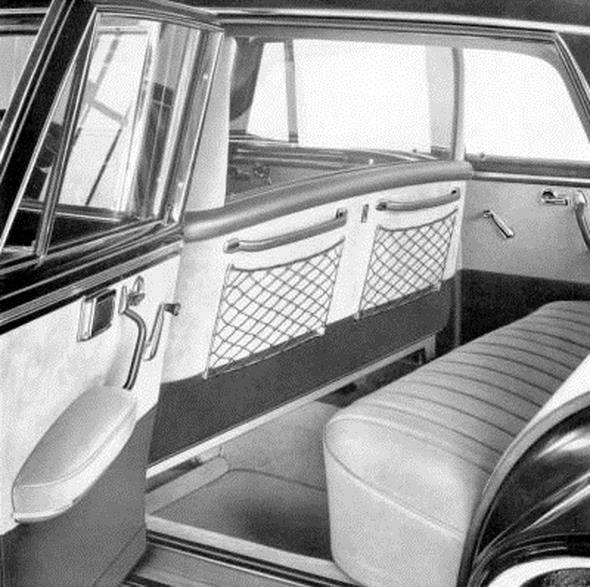
Mercedes-Benz 560 SEL (model series 126), 1985 to 1992
In September 1979, Daimler-Benz presented a new generation of the S-Class at the International Motor Show in Frankfurt on the Main. The model series 126 initially comprised seven models; there was a choice of four engines (from a 2.8-litre six-cylinder engine with carburettor rated at 156 hp/115 kW to a 5.0-litre V8 light-alloy engine with petrol injection rated at 40 hp/176 kW) and two body variants – in addition to the standard version there was an extended variant, such as had been available for generations for the luxury-class saloons.
The model line set totally new standards in the premium-class segment, particularly with regard to comfort, aerodynamics, and lightweight design. In September 1985, the International Motor Show in Frankfurt was once again the venue for the premiere of a fully revised S-Class model range.
The most spectacular addition to the engine range was a 5.6-litre eight-cylinder unit developed from the 5.0-litre V8 by extending the stroke, which delivered an output of 272 hp (200 kW). A version with an even higher level of compression and a princely output of 300 hp (221 kW) was even available as an option, though not in combination with a regulated emission control system.
Even without a catalytic converter, this so-called “ECE version” met the emission limits stipulated by the ECE (Economic Commission for Europe). At the time of their introduction, the 560 SEL and 560 SEC models fitted with this engine variant were the most powerful series production passenger cars ever to be built by Mercedes-Benz.
The drivers for Mercedes-Benz Classic at the 2013 Schloss Dyck Classic Days
Dieter Glemser
Born on 28 June 1938 in Kirchheim/Teck (Germany)
His career in the fast lane kicked off in the 1960 Schorndorf Hill-Climb Race. Numerous class victories duly ensued in various hill-climb and circuit races at the Nürburgring. After joining the then Daimler-Benz AG team in 1963 and taking to the wheel of a Mercedes-Benz 220 SE, he notched up a final win in the Polish rally and came second in the German rally (including a class victory) and in the Argentinian Road Grand Prix.
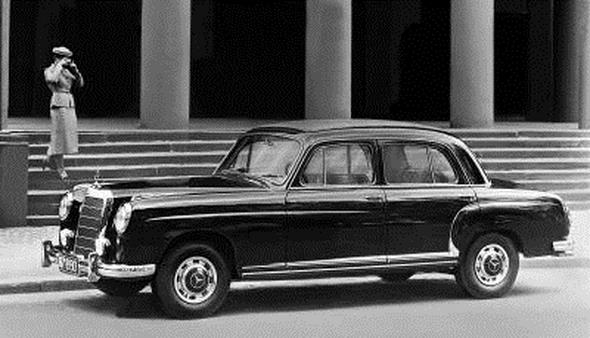
In the following year, he was involved in the triple victory by Eugen Böhringer/Klaus Kaiser, Dieter Glemser/Martin Braungart, and Ewy Rosqvist/Eva-Maria Falk in the Argentinian Road Grand Prix.
With Ford, Dieter Glemser claimed a European Championship title for touring cars in 1971, a win in the Spa-Francorchamps 24-hour race, and the German Racing Championship (DRM) in 1973 and 1974.
He ended his active racing career in November 1974 after a serious crash resulting from tyre damage in the touring car race in Macao/South-East China. Dieter Glemser was a member of the Mercedes-Benz motor sport team for ten years from 1990, responsible for organisational matters as head of department.
From 2001 to 2008 he worked as a freelancer for Mercedes-AMG and Daimler AG in the area of sports and safety training and Classic events. He still drives at Mercedes-Benz Classic events to this day.
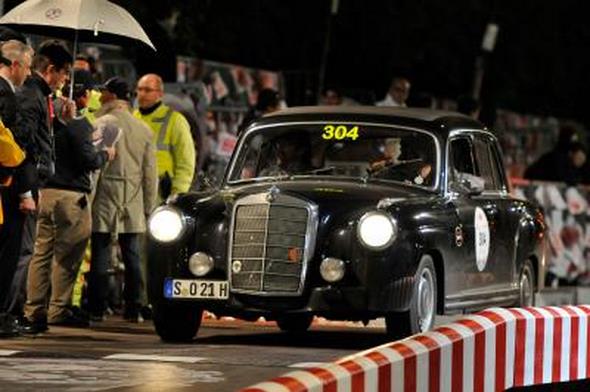
Hans Herrmann
Born in Stuttgart on 23 February 1928 (Germany)
After his motor sport debut Mercedes-Benz racing manager Alfred Neubauer brought 25-year-old Hans Herrmann to the works team of Daimler-Benz AG at the start of the 1954 season. Herrmann finished in third place in the Swiss Grand Prix on 22 August 1954.
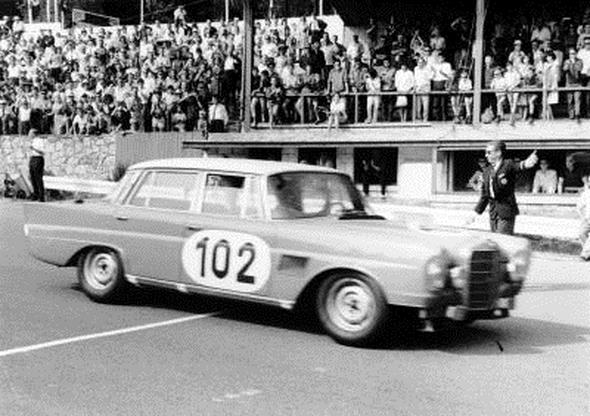
Driving three W 196 streamline racing cars, the Mercedes drivers finished the Avus race on 19 September 1954 with a triple victory in the order Karl Kling, Juan Manuel Fangio, Hans Herrmann.
During the 1955 racing season, Herrmann started a total of eight sports car races and ten Formula 1 races. In the Monaco Grand Prix, he sat in for Kling and suffered serious injuries in an accident.
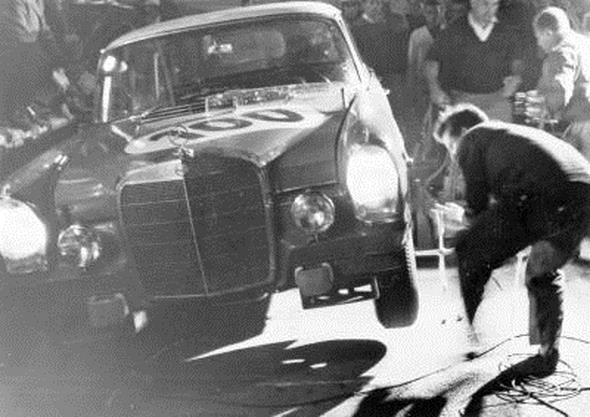
Despite a full recovery he did not race for Mercedes-Benz again because the company withdrew from motor sport in October 1955. This marked the end of Herrmann’s engagement for Mercedes-Benz.
In the following years, he returned to racing car and sports car competitions. After racing in Formula 2 and Formula 1, he retired from racing in 1970 with a victory in the 24-hour race of Le Mans driving a Porsche. Herrmann continues to start for Mercedes-Benz in events with historical character to the present day.
Ewy Baronin von Korff-Rosqvist
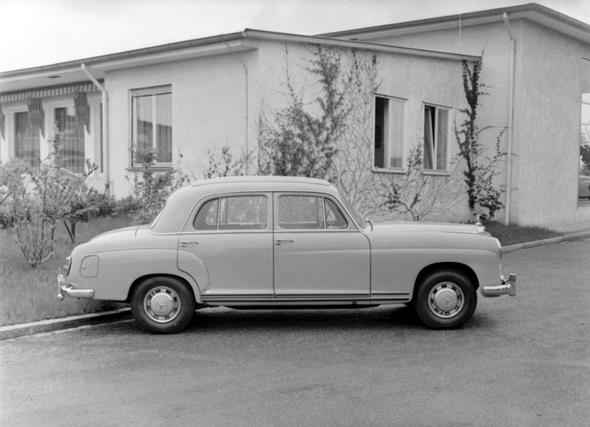
Born on 3 August 1929 in Stora Herrestad (Sweden)
Veterinary assistant Ewy Rosqvist grew up in Southern Sweden and became a key figure in rally competitions in the 1960s. As a young woman, she honed her driving skills while driving long distances along country roads in connection with her work, which took her from one far-flung farm to the next.
Her first car was a Mercedes-Benz 170 S (W 136) which her father bought for her. Ewy Rosqvist first came into contact with rallying through her husband. She first took to the wheel herself in the course of the Midnight Sun rally in 1954.
From 1956, she began competing in rallies in her own right, winning women’s rankings in competitions across Europe. Among her achievements, she won the European ladies’ cup in 1959 and the ladies’ international rallying cup in 1961.
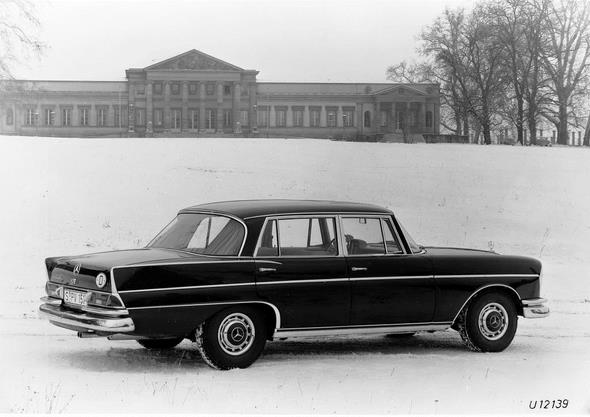
From 1962, Rosqvist competed with co-driver Ursula Wirth as a works driver for Mercedes-Benz. Her greatest triumph in this year was her overall victory in the Argentinian Road Grand Prix at the wheel of a Mercedes-Benz 220 SE (W 111).
With her co-drivers Wirth and Eva Maria Falk, Rosqvist enjoyed great success in renowned rallies and long-distance races from 1962 to 1964. After coming in third in the 1964 Argentinian Road Grand Prix, she ended her active racing career. She maintains close ties with Mercedes-Benz as a charming ambassador for racing.





